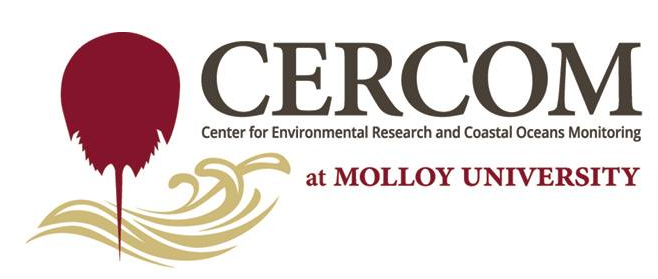Horseshoe crabs (Limulus polyphemus) in an urban estuary (Jamaica Bay, New York) and the potential for ecological restoration
Document Type
Peer-Reviewed Article
Publication Date
10-2006
Journal Title or Book Title
Estuaries and Coasts
Volume
29
Issue
5
DOI
http://dx.doi.org/10.1007/BF02786533
Abstract
We assessed the suitability of intertidal habitats for spawning by horseshoe crabs (Limulus polyphemus) at 12 proposed restoration sites identified by the United States Army Corps of Engineers along the shore of Jamaica Bay, a highly developed estuary in New York City. Based on beach geomorphology, we chose to quantify horseshoe crab activity at five of the sites during the May-July 2000 breeding season. Horseshoe crabs spawned intensively on small patches of suitable sand within larger areas of eroding shoreline with bulkheads and rubble fill. Small areas of sand behind grounded barges at Brant Point and Dubos Point had densities of over 100,000 eggs m^sup -2^, which was equal to or greater than the egg densities on longer, more natural appearing beaches at Spring Creek and Dead Horse Bay, or at a sand spit at Bayswater State Park. There were no significant differences in the percentage of Jamaica Bay horseshoe crab eggs that completed development when cultured using water from Jamaica Bay or lower Delaware Bay, a less polluted location. Only 1% of the embryos from Jamaica Bay exhibited developmental anomalies, a frequency comparable to a previously studied population from Delaware Bay. We suggest that the distribution and abundance of horseshoe crabs at our study areas in Jamaica Bay is presently limited by the availability of suitable shoreline for breeding, rather than by water quality. Restoration efforts that increase the amount of sandy beach in this urban estuary have a good likelihood of benefiting horseshoe crabs and providing additional value to migrating shorebirds that use horseshoe crab eggs as food
Related Pillar(s)
Study
Recommended Citation
Botton, Mark L.; Loveland, Robert E.; Itow, Tomio; and Tanacredi, John Ph.D., "Horseshoe crabs (Limulus polyphemus) in an urban estuary (Jamaica Bay, New York) and the potential for ecological restoration" (2006). Faculty Works: CERCOM (1977-2016). 2.
https://digitalcommons.molloy.edu/cercom_fac/2




